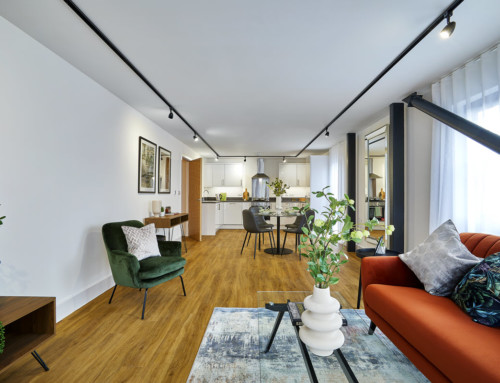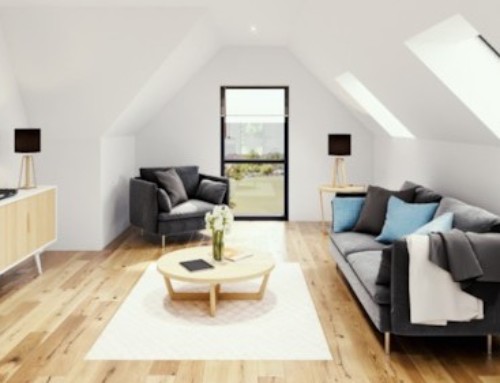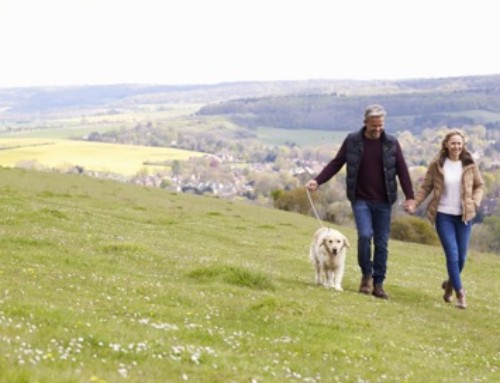The Chancellor announced yesterday that first-time buyers will pay zero stamp duty on the first £300,000 of any home that costs up to £500,000 with immediate effect.
Stamp duty for first-time buyers.
From 22nd November 2017 the new stamp duty rates for first-time buyers buying properties costing up to £500,000 are as follows:
- Up to £300,000 purchase price: 0% stamp duty
- £300,000.01 to £500,000: 5% on that portion of the purchase price only
If you buy a first home costing more than £500,000, you won’t benefit from any change and will be buying under the standard system (see below).
Who counts as a first-time buyer?
Anyone who hasn’t owned a property before anywhere in the world, whether bought or inherited.
You also won’t qualify for the discounted rates if you’re buying to let – even if it’s your first purchase. The property you’re buying needs to be used as your main residence.
I’m a first-time buyer but I’m buying with someone who isn’t. Do we benefit from the lower rates?
If you’re a first-time buyer jointly purchasing a home with a non-first-time buyer, sadly you do not qualify for the first-time buyer rates. You both need to be first-time buyers.
I’m a first-time buyer and exchanged but not yet completed. Will I benefit from the changes?
The requirement to pay stamp duty is triggered when you complete the purchase of the property. So if you’ve exchanged prior to 22nd November but not completed, you’ll be charged under the new first-time buyer stamp duty system.
How much will first-time buyers save?
The maximum stamp duty saving that you can make under the new system, compared with standard rates, is £5,000. You’ll make this saving if you’re buying a property costing between £300,000 and £500,000.
First-time buyers purchasing a home for more than £500,000
If you’re a first-time buyer purchasing a property for more than £500,000, you’ll pay under the standard stamp duty system.
Under the standard stamp duty system you’ll pay a different rate for different portions of the property’s price and they’ll all add together to give the final stamp duty you pay. This works as follows:
- Up to £125,000 purchase price:0% stamp duty
- £125,000.01 to £250,000:2% on that portion of the purchase price
- £250,000.01 to £925,000:5% on that portion of the purchase price
- £925,000.01 to £1,500,000: 10% on that portion of the purchase price
- £1,500,000.01+:12% on that portion of the purchase price
For example, if you’re buying a property costing £670,000, you’ll pay £23,500 in stamp duty, made up of 2% of the portion of the property costing £125,000 to £250,000 (i.e. £2,500) and 5% of the portion from £250,000.01 to £670,000 (i.e. £21,000).








